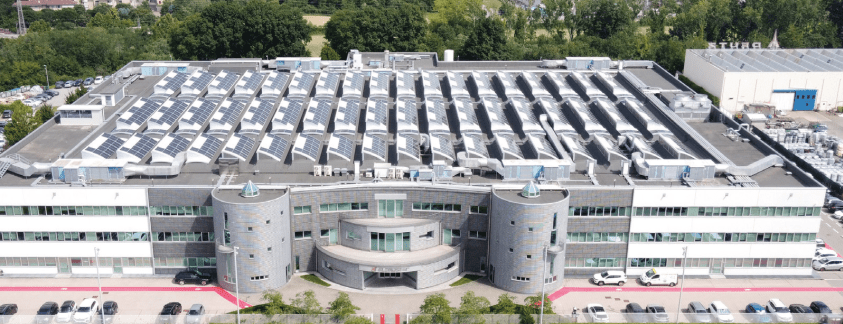Elemaster International Design Centers are synonymous of innovation and speed in bringing new products to market, taking advantage of accelerators that reduce development time, like the SoM, the Cloud IoT Platform accelerator and the ELETEST Functional Test Platform for manufacturing.
Elemaster International Design Centers are certified according to ISO/TS 22163 (IRIS standard) for the railway sector which require a rigorous design and testing process to ensure safety, reliability, and interoperability.
Elemaster International Design Centers hold a paramount position as design center catering to the railways sector, with a strong emphasis on developing solutions for functional safety applications, including those meeting SIL4 standards (highest level of safety integrity achievable for railway applications).
Eletech, Head of the Elemaster International Design Centers, in collaboration with one of the main global player of the sector, had a crucial role in developing the advanced safety systems of the Hydrogen Train. One of the main examples is the impact-sensitive power disconnection system designed to ensure the operational safety of the hydrogen valve power system in abnormal acceleration or deceleration situations. This advanced device adheres to stringent SIL2 safety standards for both hardware design (EN 50129) and software design (EN 50657), certified by TUV.
Additionally, Eletech has an inhouse laboratory allowing the company to conduct rigorous compliance tests to ensure that products meet all necessary regulatory requirements for certification. EMC, climatic, insulation, vibration and shock tests are accredited in accordance with the recognized International Standard ISO/IEC 17025:2017.
Last but not least, all product development processes follow the Ecodesign Directive 2009/125/EC, aiming to increase the eco-compatibility of the designed products:
- Increase durability, reusability, upgradability, and reparability of the products.
- Use of allowed components and substances (RoHS and REACH)
- Reduction of energy consumption during operations and in standby
- Reduction of generated waste
- Maximization of the expected device lifetime.
- Easy repairability and/or disassembly and/or upgradeability
- Reduction of the carbon footprint (CO2 gases generated by the product).
